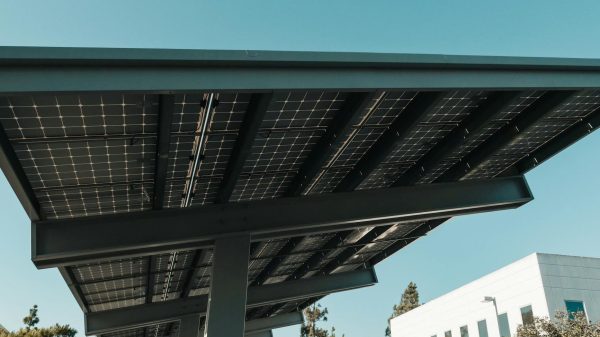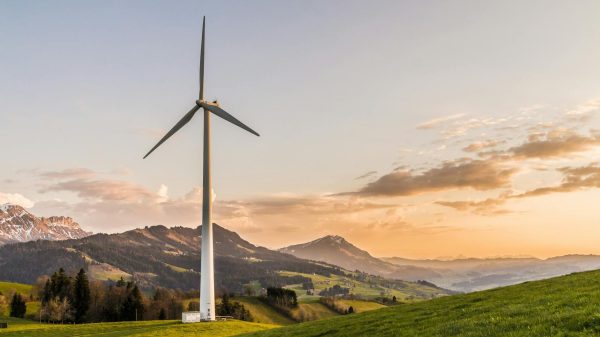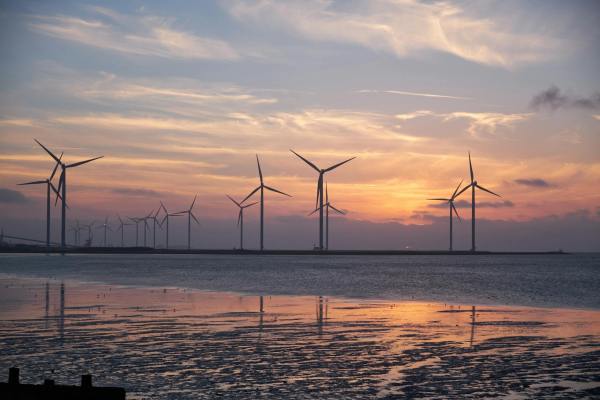Importance of World Energy Day
World Energy Day is celebrated on 14 February to raise awareness of the enormous importance of energy in our daily lives and the importance of being able to achieve both efficient production and use of the different energy resources available.
Why is there a need for such a day to raise energy awareness?
According to UN figures, there are still 733 million people without access to electricity, approximately one in ten of the planet’s inhabitants. However, it is true that in percentage terms, access has increased from 73% of the world’s population in 1998 to 90% in 2020.
SDG 7. Ensuring access to affordable and clean energy
For this reason, among other reasons, SDG 7 calls for ensuring access to affordable, secure, sustainable and modern energy with a series of targets for 2030:
- Ensure universal access to affordable, reliable and modern energy services.
- Increase the share of renewable energy in total energy sources.
- Double the global rate of energy efficiency improvement.
- Increase international cooperation to facilitate access to clean energy research and technology.
- Expand infrastructure and improve technology to provide modern and sustainable energy services for developing countries.
World Energy Saving Day
Another important day in the calendar linked to energy is 21 October, World Energy Saving Day, an event that has been celebrated annually since 2012.
The aim of this date is to promote a change in consumption habits in order to raise awareness of a more responsible and efficient use of energy and, in this way, generate a lower impact on both natural resources and the environment.
This saving in energy consumption can be achieved at the individual level with our technological devices, for example by unplugging the charger when it is not in use, switching off the router when we are not going to use it for a few hours or using power strips with a switch.
On the other hand, digitalisation is also an ally in the fight against energy consumption. In fact, fibre is 85% more energy efficient than copper and 5G is 90% more energy efficient than 4G, per unit of traffic.
We could say that digitisation generally helps to improve the management of energy and natural resources, optimises energy production with clean and conventional sources and reduces energy consumption in public spaces or companies thanks to the sensorisation of environments.
Telefónica and energy: committed to energy efficiency
Telefónica’s commitment against climate change linked to energy efficiency is bearing fruit and, despite an 8.6-fold increase in data traffic over its networks since 2015, the company’s total energy consumption has fallen by 8.6%.
Another relevant action is that now 100% of energy consumption comes from renewable energy sources in Europe, Brazil, Chile and Peru, in addition to partially renewable countries, representing 83% of the group’s total electricity consumption.
To guarantee compliance with its objectives, Telefónica’s Climate Action Plan is integrated into the governance model, including the quantification of emissions, the implementation of specific actions with verifiable indicators and the definition of responsibilities for supervision and accountability in the organisation itself.
Circular economy
Promoting the circular economy is another of the issues that can help reduce energy consumption, and Telefónica has the objective of becoming a Zero Waste company by 2030.
The circular economy allows reuse to avoid a large amount of energy consumption that would have to be invested in the use of these materials if they were to be new.
Similarly, recycling avoids the extraction of raw materials by converting waste into resources.
To this end, Telefónica reuses more than four million pieces of electronic equipment per year, recycles 98% of waste and integrates circular economy criteria in the purchase of equipment, as well as taking energy efficiency into account in its design.











